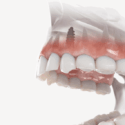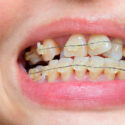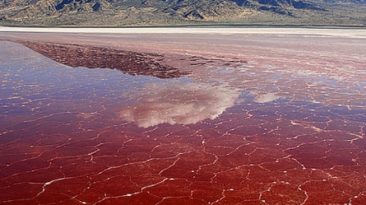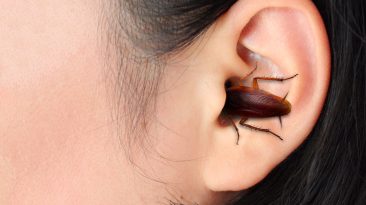This substance may look like a liquid or gas, but instead, it’s a solid. This is aerogel, the world’s lightest solid. This incredibly rare substance has been used in space crafts as an insulator. But instead of using aerogel for something useful, why don’t we fill up an entire pool with the stuff? And then have you jump into it.
What is aerogel made out of? What would it do to your skin? And how much would this cost?
Before we fill a pool up with it, we should figure out what aerogel is exactly. The aerogel we’ll be dealing with today is silica-based. Silica is made up of a variety of different chemicals, which then makes a gel. And that gel is then put into a chamber where all the water is extracted, and now we have our aerogel. But how much would we need to fill up an entire pool?
Well, one of the scariest parts of this scenario is what making this much aerogel would do to your bank account. Aerogel is made up of many different chemicals, using various machines, and also takes a long time to produce. Because of all this, it’s incredibly expensive.
The cost of aerogel is about $11,500 per kilogram. That’s more expensive than gold. So if you wanted to fill an entire pool with aerogel, it would cost around $66 million.
And this is if you were to get it right on the first try. After all, making aerogel is a delicate process. Part of the reason why it’s so expensive and why quantities are so low, is that it’s very difficult to make.
And not to mention, making this much aerogel could take months, depending on how much equipment you have. For reference, this small brick of aerogel took a week to create. So yeah, expect to be pretty patient and rich to get all of this done in a timely fashion. And after weeks have gone by, you’d finally have all the aerogel you’d need to fill up your pool. Since it would be even more expensive to make one massive brick of aerogel, we opted for smaller chunks of the material.
Now that we have our pool full of aerogel, it’s time to jump in.As soon as you jumped into our pool, it would feel like you’re landing on something similar to a sea of styrofoam peanuts. Remember, although aerogel might look like a liquid or gas, it’s really a solid.
This means you wouldn’t be able to easily swim in the stuff. But that doesn’t mean you’d be completely stuck. With all these blocks of aerogel in the pool, every movement you make would crush it into even smaller bits. And it wouldn’t take much effort to grind it up either. Aerogel’s strength before it breaks is equivalent to crushing a piece of cereal with your fingers.
So, as you move through this pool, you’d be crumbling up the aerogel. The longer you stayed in, the more pieces would be pulverized. Luckily, while you perfect your backstroke, you’d be absolutely fine. Aerogel isn’t known to be toxic. But try not to breathe in too much of the dust you’d be leaving in your wake, just to be on the safe side.
Instead of going into your lungs, the aerogel dust could stick to your skin. And after some relaxing in the pool, you’d be totally covered in it. Now would be time to get out.
As you’re taking a shower and trying to get the aerogel dust off, you’d notice the water isn’t touching your skin. Your entire body would now be waterproof. Although you couldn’t see it, the aerogel would be an invisible barrier between your body and the water. But eventually some soap and some scrubbing would get your skin back to normal.
Jumping into this strange material might seem like a bad idea, but the only long term consequence from it would be the damage it would do to your bank account. Finally, a scenario where you don’t die. But let’s raise the stakes here a bit. What would jumping into a pool full of stomach acid be like?
Sources
- “Aerogel.Org » What Is Aerogel?“. 2020. Aerogel.Org.
- “How Many Litres Are In My Pool? – North West Wholesale Swimming Pool & Spas“. 2020. Northwestwholesale.Com.
- “WATCH: This Is What The World’s Lowest-Density Solid Sounds Like“.Crew, Bec. 2020. Sciencealert.
- “Aerogel.Org » Supercritical Drying“. 2020. Aerogel.Org.
- “How Aerogels Work“.Garden, Home, HowStuffWorks, Science, Engineering, and Science. 2010. Howstuffworks.
- “Making Aerogel At Home“. Benchoff, Brian. 2011. Hackaday.


























